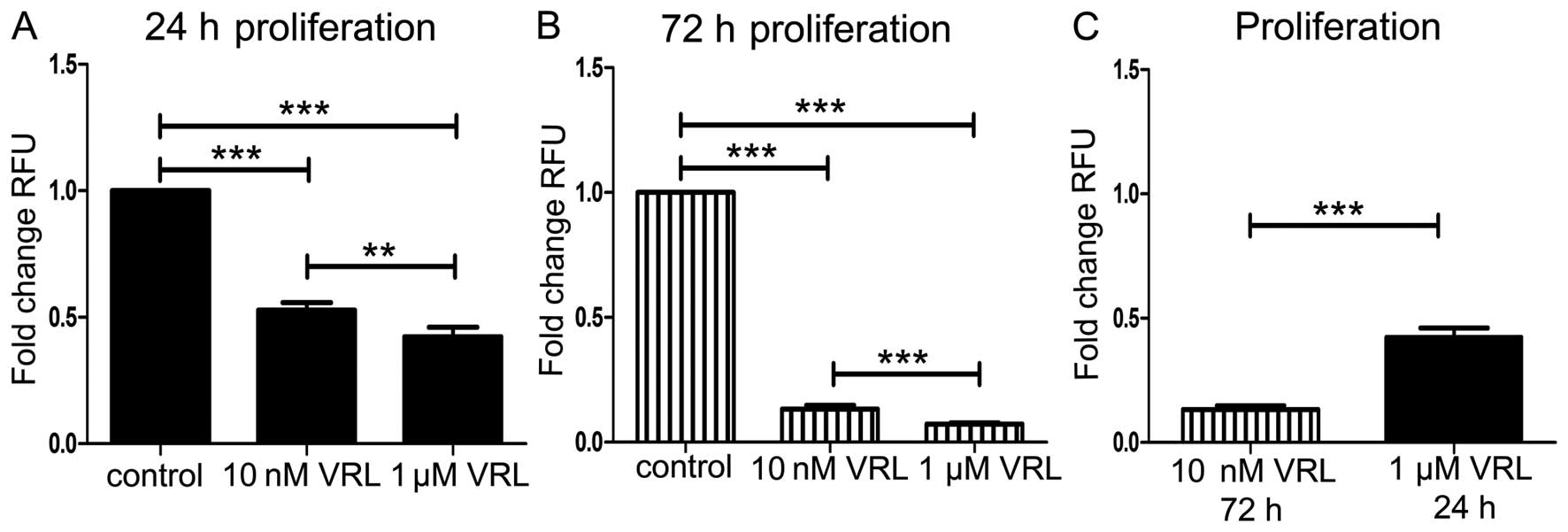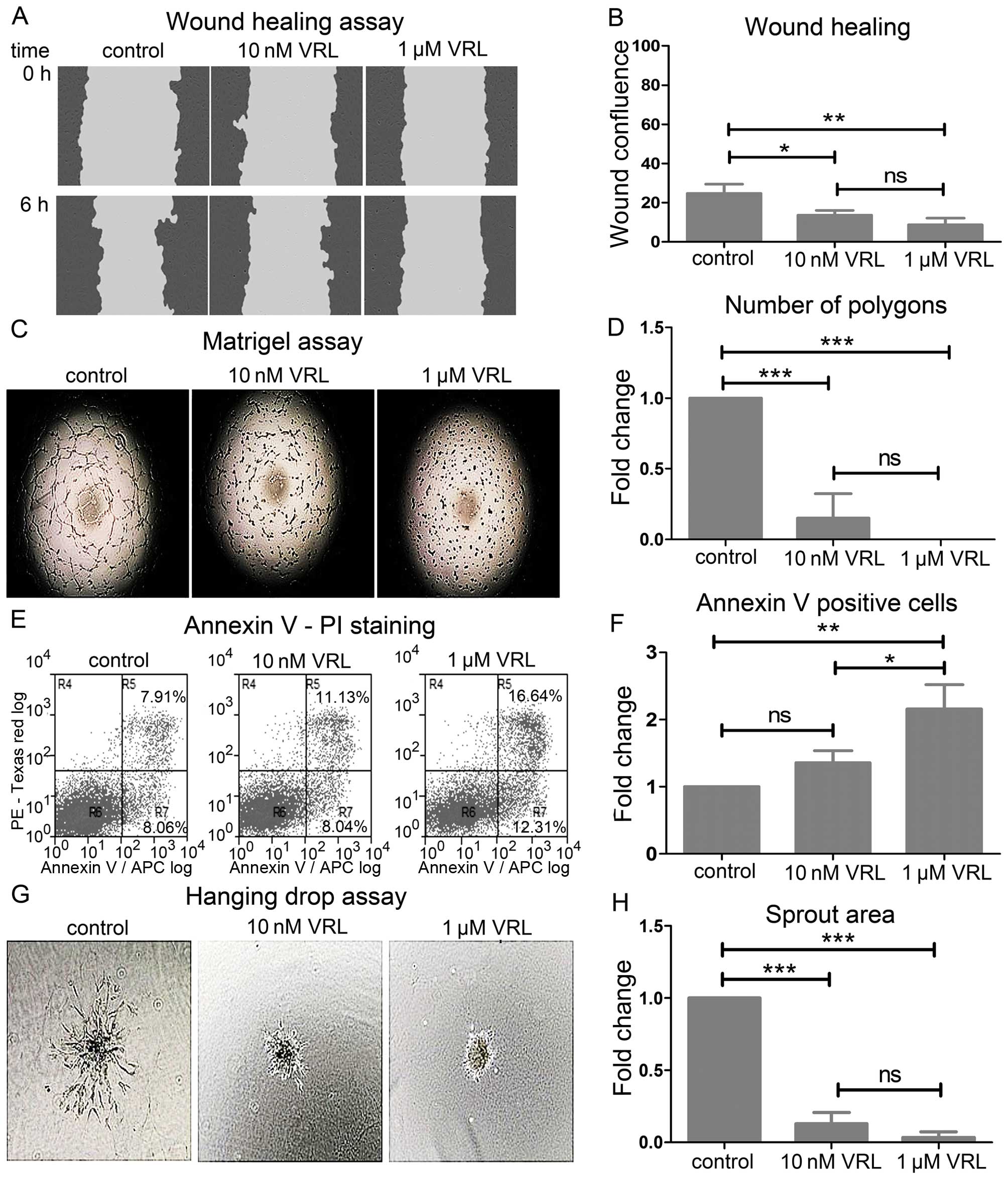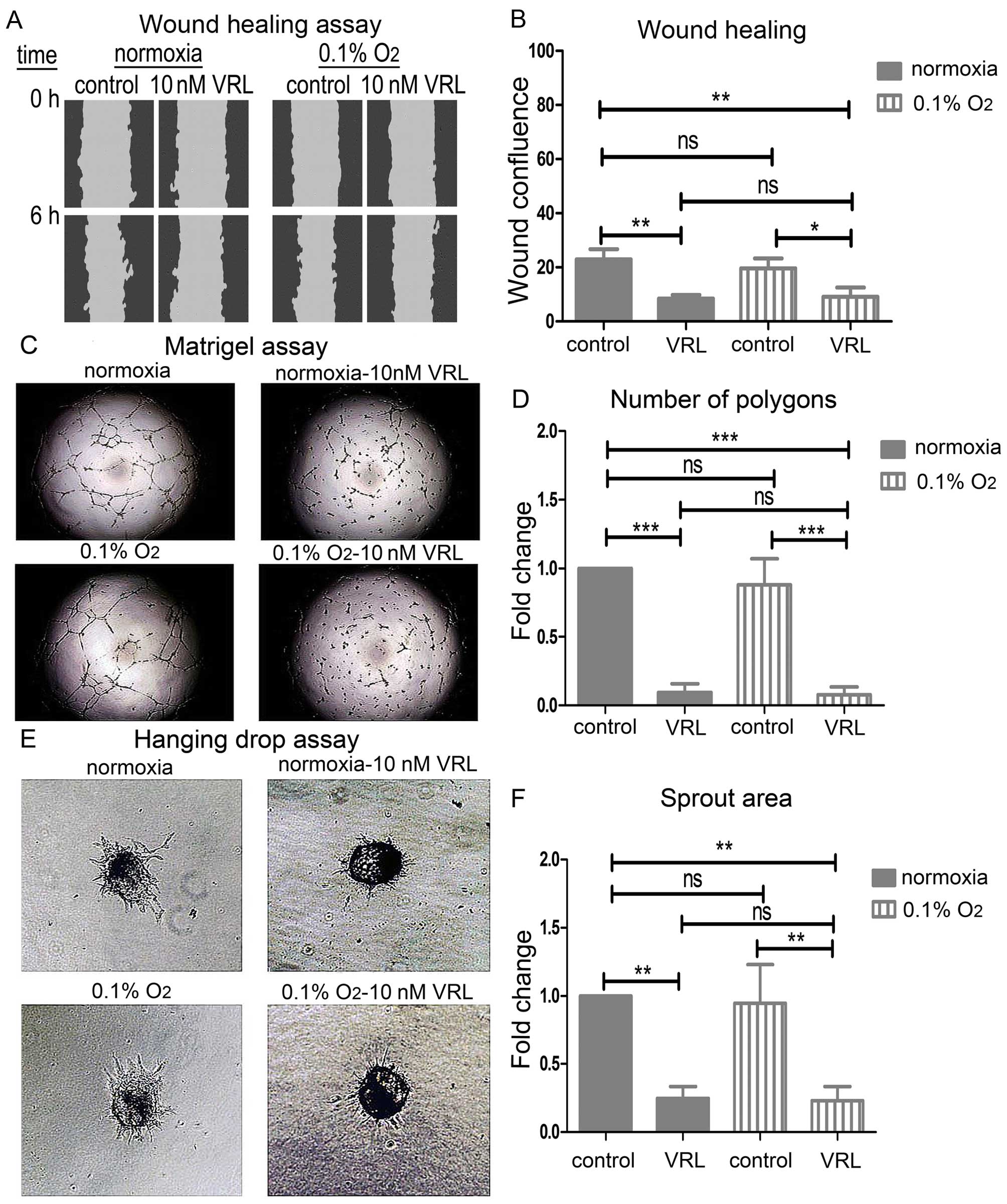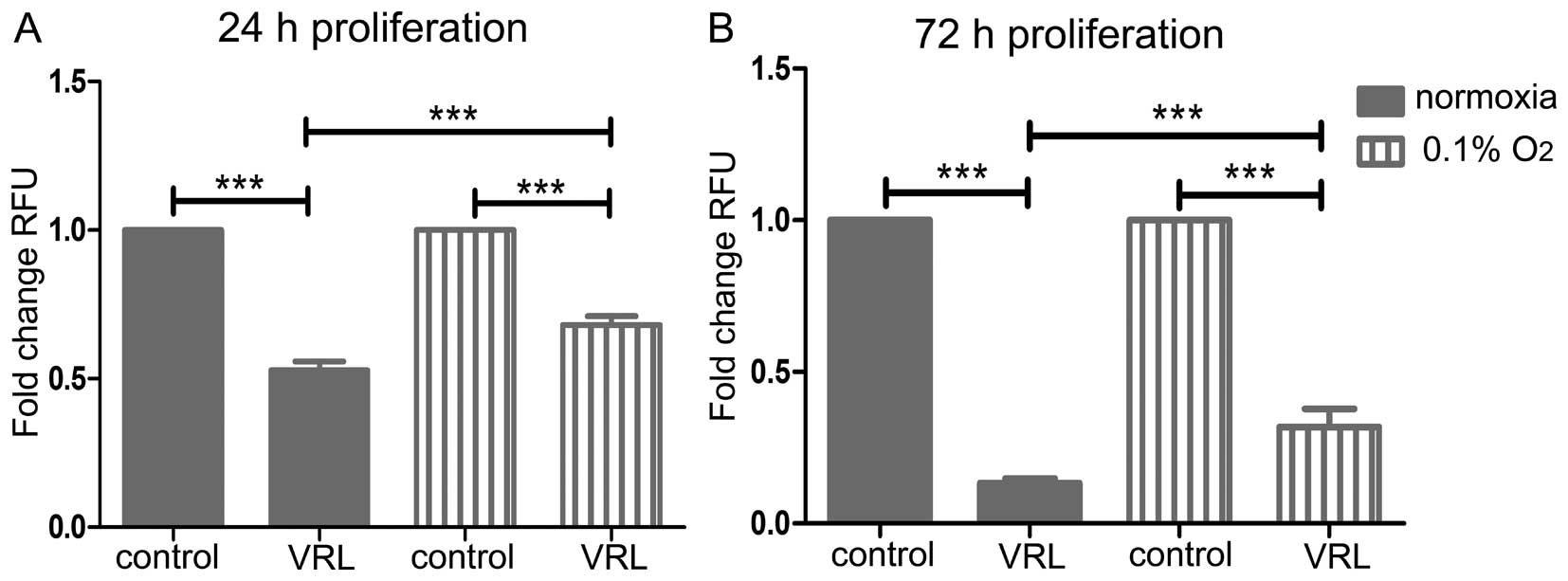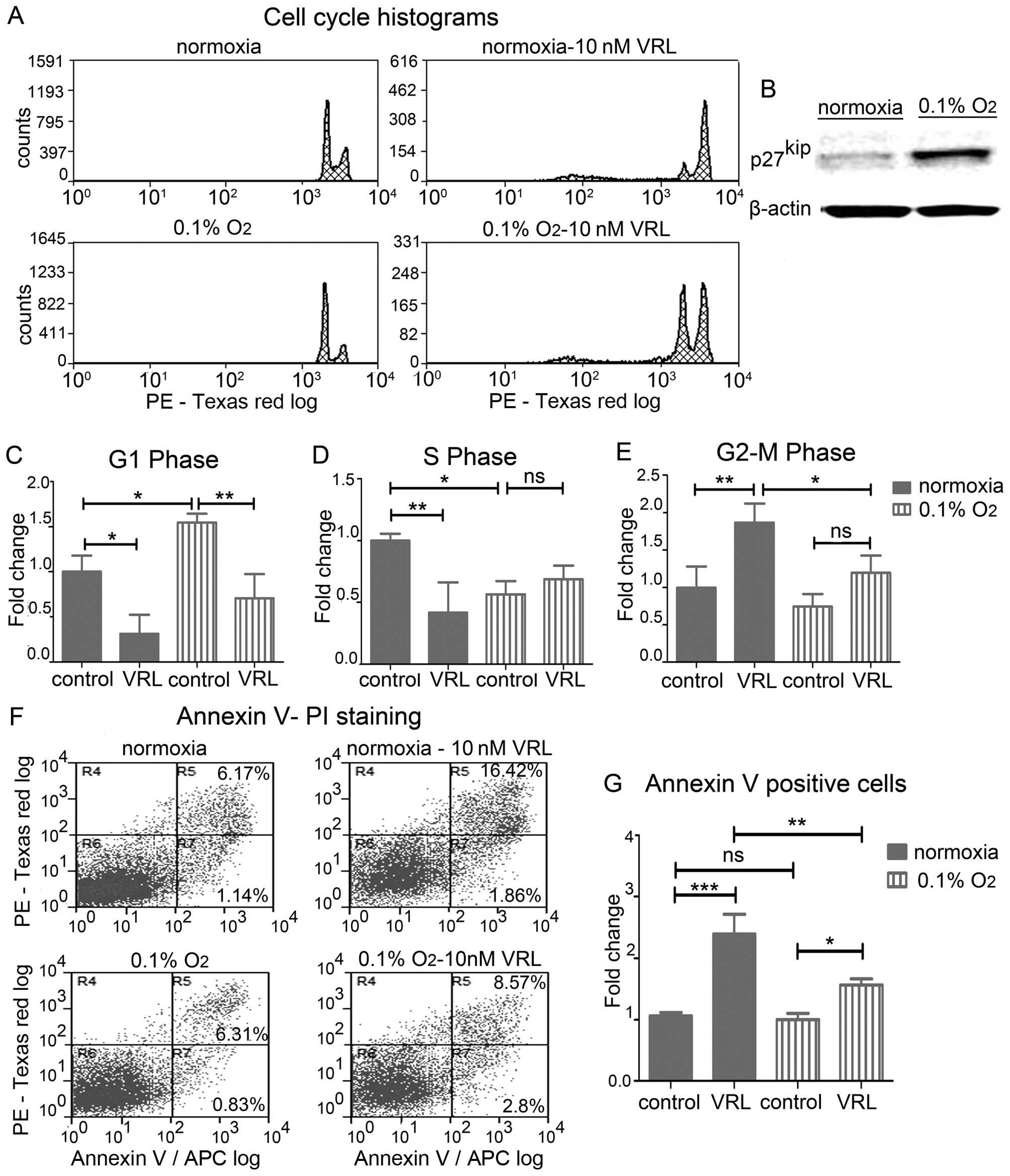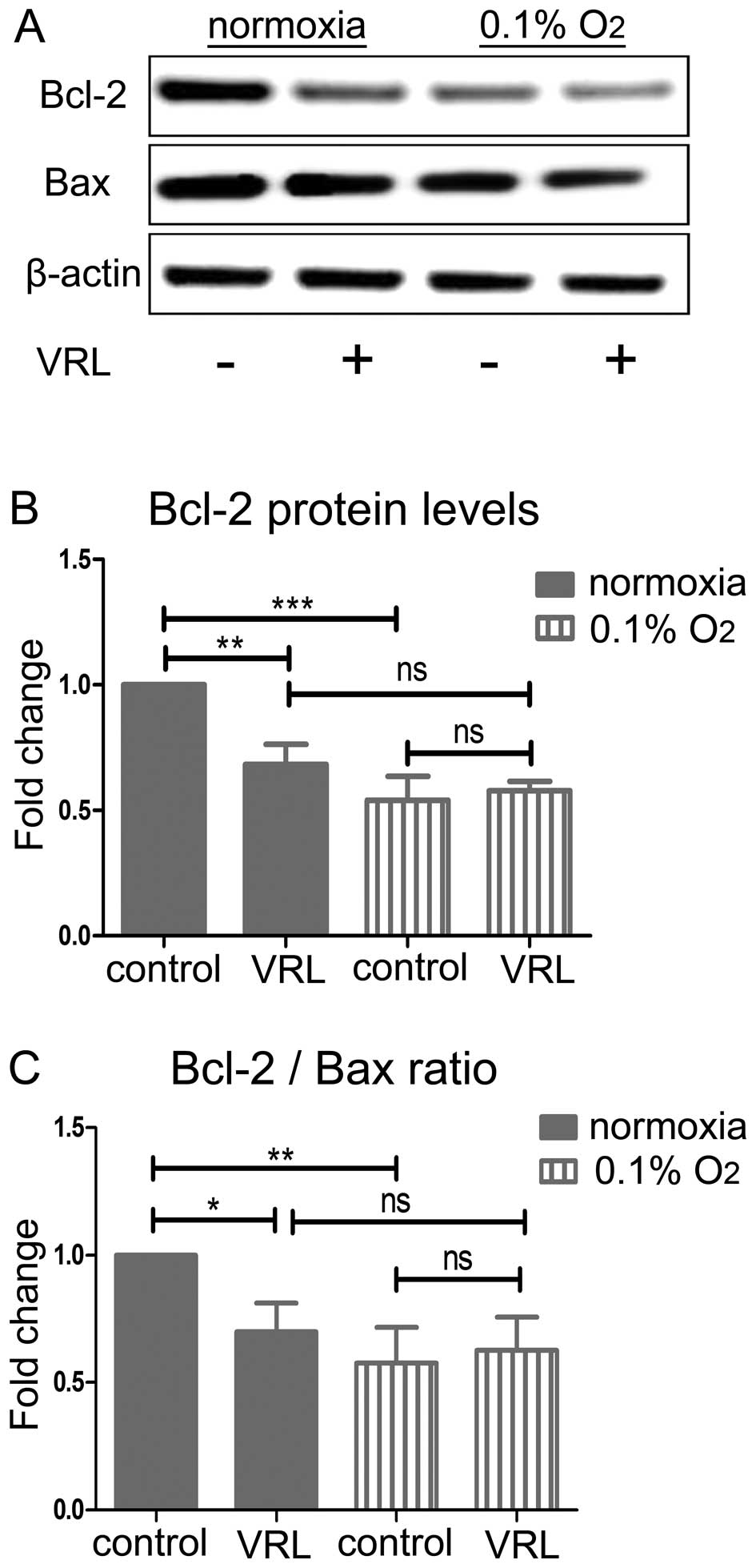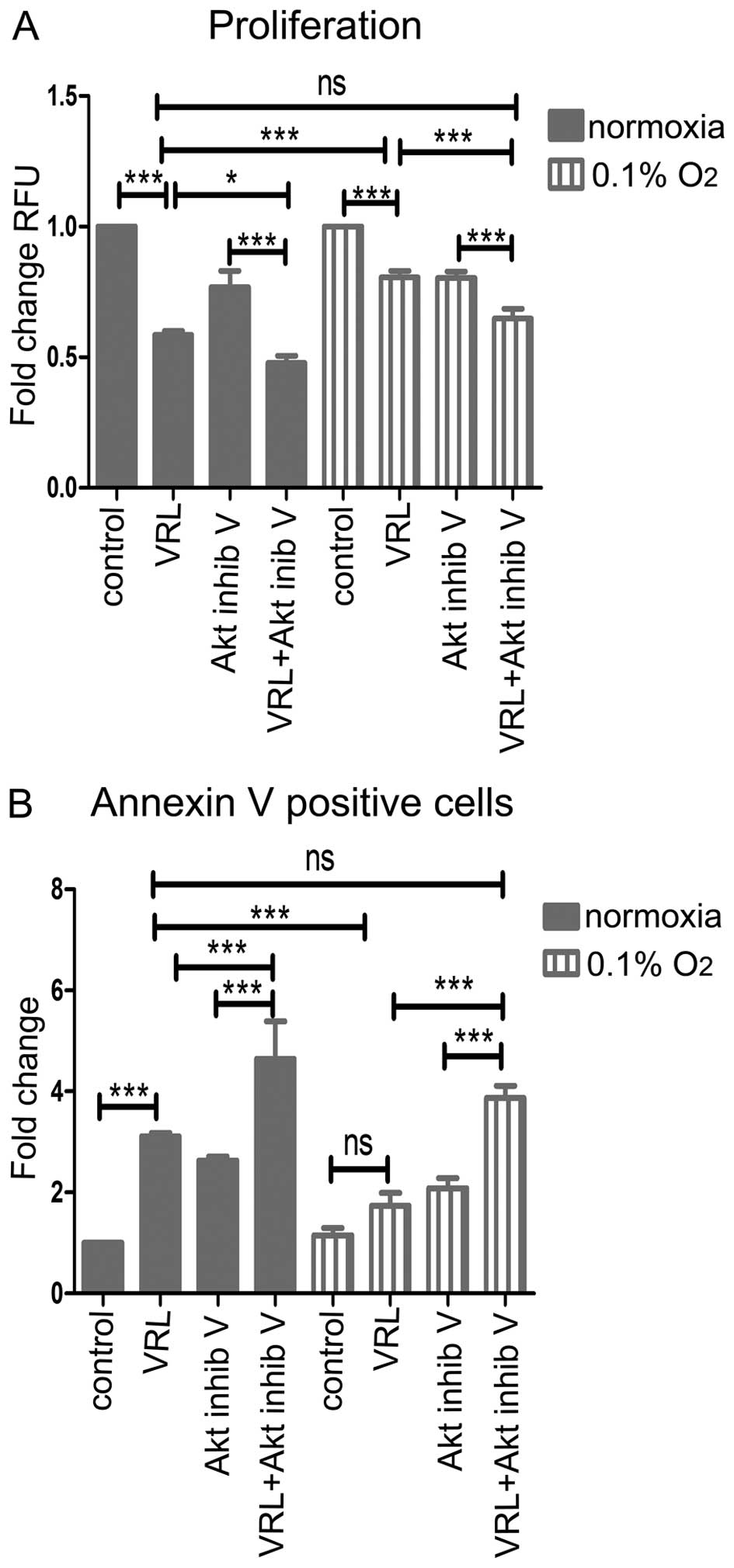|
1
|
Kerbel RS and Kamen BA: The
anti-angiogenic basis of metronomic chemotherapy. Nat Rev Cancer.
4:423–436. 2004. View
Article : Google Scholar : PubMed/NCBI
|
|
2
|
Pasquier E, Kavallaris M and André N:
Metronomic chemotherapy: New rationale for new directions. Nat Rev
Clin Oncol. 7:455–465. 2010. View Article : Google Scholar : PubMed/NCBI
|
|
3
|
Pasquier E, Honore S and Braguer D:
Microtubule-targeting agents in angiogenesis: where do we stand?
Drug Resist Update. 9:74–86. 2006. View Article : Google Scholar
|
|
4
|
Briasoulis E, Pappas P, Puozzo C, Tolis C,
Fountzilas G, Dafni U, Marselos M and Pavlidis N: Dose-ranging
study of metronomic oral vinorelbine in patients with advanced
refractory cancer. Clin Cancer Res. 15:6454–6461. 2009. View Article : Google Scholar : PubMed/NCBI
|
|
5
|
Briasoulis E, Aravantinos G, Kouvatseas G,
Pappas P, Biziota E, Sainis I, Makatsoris T, Varthalitis I,
Xanthakis I, Vassias A, et al: Dose selection trial of metronomic
oral vinorelbine monotherapy in patients with metastatic cancer: A
hellenic cooperative oncology group clinical translational study.
BMC Cancer. 13:2632013. View Article : Google Scholar : PubMed/NCBI
|
|
6
|
Bergers G and Hanahan D: Modes of
resistance to anti-angiogenic therapy. Nat Rev Cancer. 8:592–603.
2008. View
Article : Google Scholar : PubMed/NCBI
|
|
7
|
Azam F, Mehta S and Harris AL: Mechanisms
of resistance to antiangiogenesis therapy. Eur J Cancer.
46:1323–1332. 2010. View Article : Google Scholar : PubMed/NCBI
|
|
8
|
Loges S, Schmidt T and Carmeliet P:
Mechanisms of resistance to anti-angiogenic therapy and development
of third-generation anti-angiogenic drug candidates. Genes Cancer.
1:12–25. 2010. View Article : Google Scholar : PubMed/NCBI
|
|
9
|
Cosse JP and Michiels C: Tumour hypoxia
affects the responsiveness of cancer cells to chemotherapy and
promotes cancer progression. Anticancer Agents Med Chem. 8:790–797.
2008. View Article : Google Scholar : PubMed/NCBI
|
|
10
|
Huang L, Ao Q, Zhang Q, Yang X, Xing H, Li
F, Chen G, Zhou J, Wang S, Xu G, et al: Hypoxia induced paclitaxel
resistance in human ovarian cancers via hypoxia-inducible factor
1alpha. J Cancer Res Clin Oncol. 136:447–456. 2010. View Article : Google Scholar
|
|
11
|
Raz S, Sheban D, Gonen N, Stark M, Berman
B and Assaraf YG: Severe hypoxia induces complete antifolate
resistance in carcinoma cells due to cell cycle arrest. Cell Death
Dis. 5:e10672014. View Article : Google Scholar : PubMed/NCBI
|
|
12
|
Sersa G, Krzic M, Sentjurc M, Ivanusa T,
Beravs K, Cemazar M, Auersperg M and Swartz HM: Reduced tumor
oxygenation by treatment with vinblastine. Cancer Res.
61:4266–4271. 2001.PubMed/NCBI
|
|
13
|
Zhao D, Jiang L, Hahn EW and Mason RP:
Tumor physiologic response to combretastatin A4 phosphate assessed
by MRI. Int J Radiat Oncol Biol Phys. 62:872–880. 2005. View Article : Google Scholar : PubMed/NCBI
|
|
14
|
Klement G, Baruchel S, Rak J, Man S, Clark
K, Hicklin DJ, Bohlen P and Kerbel RS: Continuous low-dose therapy
with vinblastine and VEGF receptor-2 antibody induces sustained
tumor regression without overt toxicity. J Clin Invest.
105:R15–R24. 2000. View
Article : Google Scholar : PubMed/NCBI
|
|
15
|
Song G, Ouyang G and Bao S: The activation
of Akt/PKB signaling pathway and cell survival. J Cell Mol Med.
9:59–71. 2005. View Article : Google Scholar : PubMed/NCBI
|
|
16
|
Rovini A, Savry A, Braguer D and Carré M:
Microtubule-targeted agents: When mitochondria become essential to
chemotherapy. Biochim Biophys Acta. 1807.679–688. 2011.
|
|
17
|
Kennedy SG, Kandel ES, Cross TK and Hay N:
Akt/protein kinase B inhibits cell death by preventing the release
of cytochrome c from mitochondria. Mol Cell Biol. 19:5800–5810.
1999.PubMed/NCBI
|
|
18
|
Marty M, Fumoleau P, Adenis A, Rousseau Y,
Merrouche Y, Robinet G, Senac I and Puozzo C: Oral vinorelbine
pharmacokinetics and absolute bioavailability study in patients
with solid tumors. Ann Oncol. 12:1643–1649. 2001. View Article : Google Scholar
|
|
19
|
Potente M, Gerhardt H and Carmeliet P:
Basic and therapeutic aspects of angiogenesis. Cell. 146:873–887.
2011. View Article : Google Scholar : PubMed/NCBI
|
|
20
|
Gascoigne KE and Taylor SS: How do
anti-mitotic drugs kill cancer cells? J Cell Sci. 122:2579–2585.
2009. View Article : Google Scholar : PubMed/NCBI
|
|
21
|
Gardner LB, Li Q, Park MS, Flanagan WM,
Semenza GL and Dang CV: Hypoxia inhibits G1/S transition through
regulation of p27 expression. J Biol Chem. 276:7919–7926. 2001.
View Article : Google Scholar
|
|
22
|
Chipuk JE and Green DR: How do BCL-2
proteins induce mitochondrial outer membrane permeabilization?
Trends Cell Biol. 18:157–164. 2008. View Article : Google Scholar : PubMed/NCBI
|
|
23
|
Bourgarel-Rey V, Savry A, Hua G, Carré M,
Bressin C, Chacon C, Imbert J, Braguer D and Barra Y:
Transcriptional down-regulation of Bcl-2 by vinorelbine:
Identification of a novel binding site of p53 on Bcl-2 promoter.
Biochem Pharmacol. 78:1148–1156. 2009. View Article : Google Scholar : PubMed/NCBI
|
|
24
|
Bertolini F, Paul S, Mancuso P,
Monestiroli S, Gobbi A, Shaked Y and Kerbel RS: Maximum tolerable
dose and low-dose metronomic chemotherapy have opposite effects on
the mobilization and viability of circulating endothelial
progenitor cells. Cancer Res. 63:4342–4346. 2003.PubMed/NCBI
|
|
25
|
Pasquier E, Tuset MP, Street J, Sinnappan
S, MacKenzie KL, Braguer D, Andre N and Kavallaris M:
Concentration- and schedule-dependent effects of chemotherapy on
the angiogenic potential and drug sensitivity of vascular
endothelial cells. Angiogenesis. 16:373–386. 2013. View Article : Google Scholar :
|
|
26
|
Schwartz EL: Antivascular actions of
microtubule-binding drugs. Clin Cancer Res. 15:2594–2601. 2009.
View Article : Google Scholar : PubMed/NCBI
|
|
27
|
Pourroy B, Honoré S, Pasquier E,
Bourgarel-Rey V, Kruczynski A, Briand C and Braguer D:
Antiangiogenic concentrations of vinflunine increase the interphase
microtubule dynamics and decrease the motility of endothelial
cells. Cancer Res. 66:3256–3263. 2006. View Article : Google Scholar : PubMed/NCBI
|
|
28
|
Wang J, Lou P, Lesniewski R and Henkin J:
Paclitaxel at ultra low concentrations inhibits angiogenesis
without affecting cellular microtubule assembly. Anticancer Drugs.
14:13–19. 2003. View Article : Google Scholar : PubMed/NCBI
|
|
29
|
Calvani M, Rapisarda A, Uranchimeg B,
Shoemaker RH and Melillo G: Hypoxic induction of an
HIF-1alpha-dependent bFGF autocrine loop drives angiogenesis in
human endothelial cells. Blood. 107:2705–2712. 2006. View Article : Google Scholar
|
|
30
|
Ngan VK, Bellman K, Hill BT, Wilson L and
Jordan MA: Mechanism of mitotic block and inhibition of cell
proliferation by the semisynthetic Vinca alkaloids vinorelbine and
its newer derivative vinflunine. Mol Pharmacol. 60:225–232.
2001.PubMed/NCBI
|
|
31
|
Estève MA, Carré M, Bourgarel-Rey V,
Kruczynski A, Raspaglio G, Ferlini C and Braguer D: Bcl-2
down-regulation and tubulin subtype composition are involved in
resistance of ovarian cancer cells to vinflunine. Mol Cancer Ther.
5:2824–2833. 2006. View Article : Google Scholar : PubMed/NCBI
|
|
32
|
Savry A, Carre M, Berges R, Rovini A,
Pobel I, Chacon C, Braguer D and Bourgarel-Rey V: Bcl-2-enhanced
efficacy of microtubule-targeting chemotherapy through Bim
overexpression: Implications for cancer treatment. Neoplasia.
15:49–60. 2013. View Article : Google Scholar : PubMed/NCBI
|
|
33
|
Zhou H, Li XM, Meinkoth J and Pittman RN:
Akt regulates cell survival and apoptosis at a postmitochondrial
level. J Cell Biol. 151:483–494. 2000. View Article : Google Scholar : PubMed/NCBI
|
|
34
|
Datta SR, Dudek H, Tao X, Masters S, Fu H,
Gotoh Y and Greenberg ME: Akt phosphorylation of BAD couples
survival signals to the cell-intrinsic death machinery. Cell.
91:231–241. 1997. View Article : Google Scholar : PubMed/NCBI
|
|
35
|
Majewski N, Nogueira V, Bhaskar P, Coy PE,
Skeen JE, Gottlob K, Chandel NS, Thompson CB, Robey RB and Hay N:
Hexokinase-mitochondria interaction mediated by Akt is required to
inhibit apoptosis in the presence or absence of Bax and Bak. Mol
Cell. 16:819–830. 2004. View Article : Google Scholar : PubMed/NCBI
|
|
36
|
Pastorino JG, Hoek JB and Shulga N:
Activation of glycogen synthase kinase 3beta disrupts the binding
of hexokinase II to mitochondria by phosphorylating
voltage-dependent anion channel and potentiates
chemotherapy-induced cytotoxicity. Cancer Res. 65:10545–10554.
2005. View Article : Google Scholar : PubMed/NCBI
|
|
37
|
Chiara F, Castellaro D, Marin O,
Petronilli V, Brusilow WS, Juhaszova M, Sollott SJ, Forte M,
Bernardi P and Rasola A: Hexokinase II detachment from mitochondria
triggers apoptosis through the permeability transition pore
independent of voltage-dependent anion channels. PloS One.
3:e18522008. View Article : Google Scholar : PubMed/NCBI
|
|
38
|
Brenner C and Grimm S: The permeability
transition pore complex in cancer cell death. Oncogene.
25:4744–4756. 2006. View Article : Google Scholar : PubMed/NCBI
|















